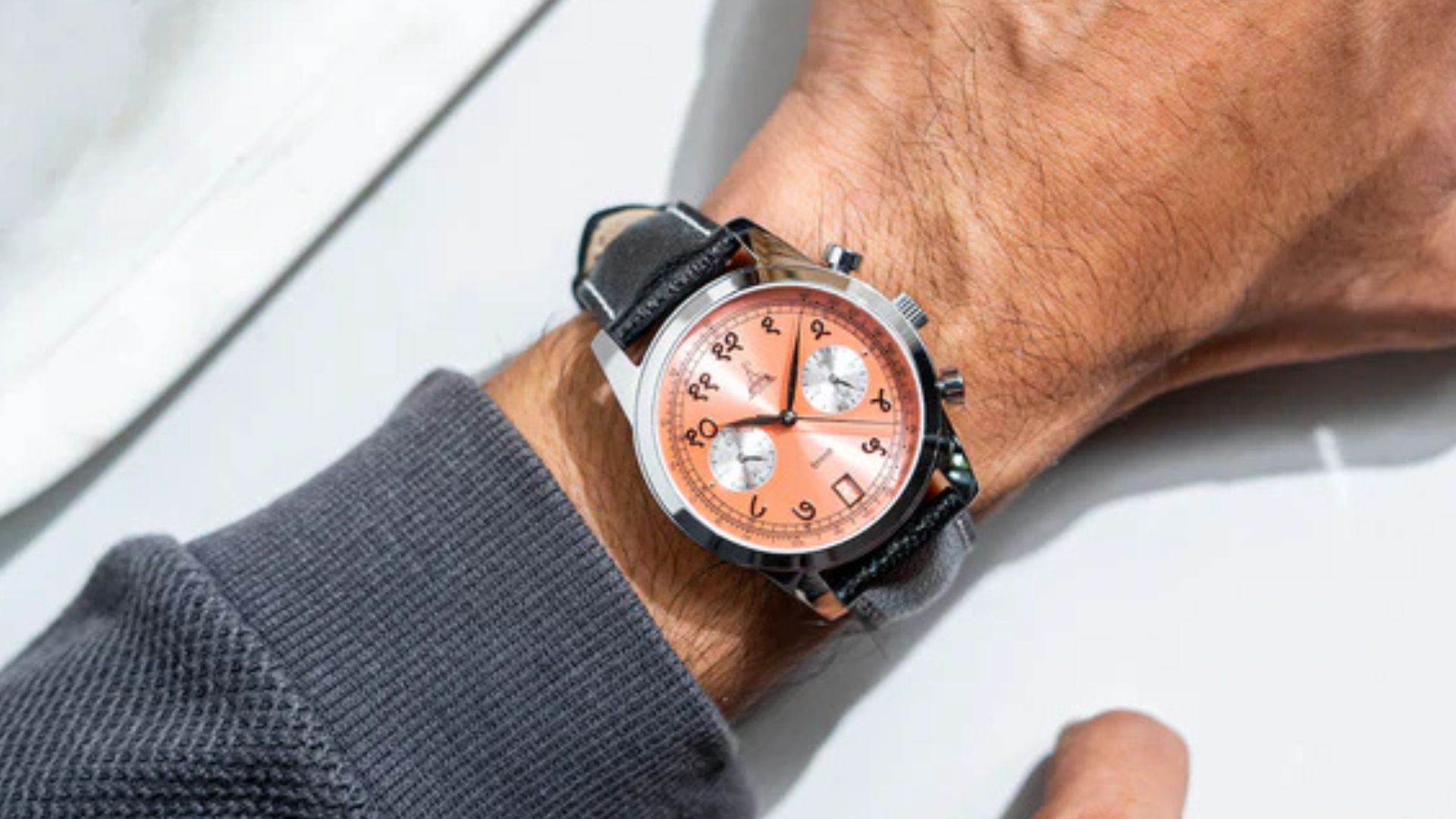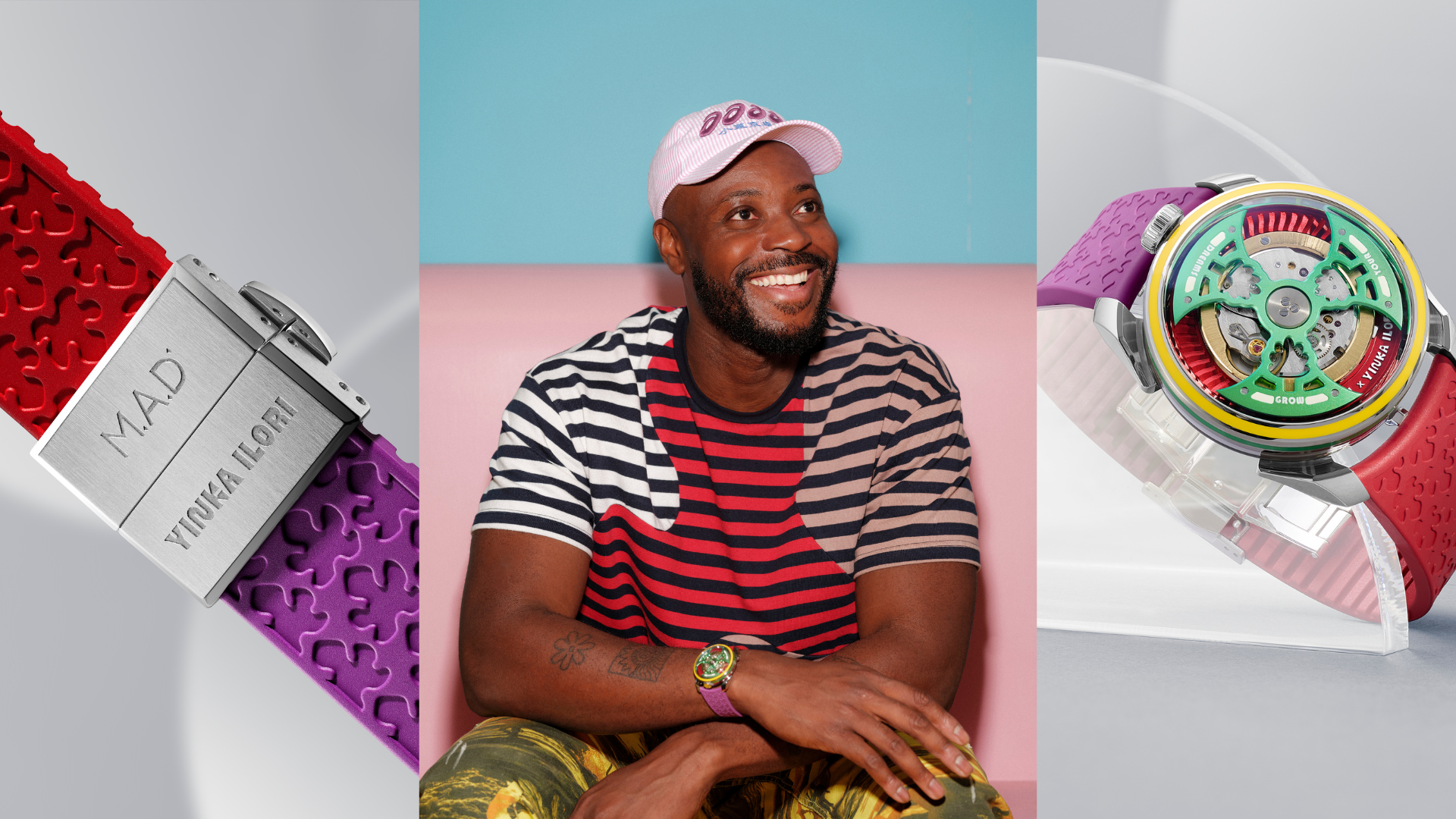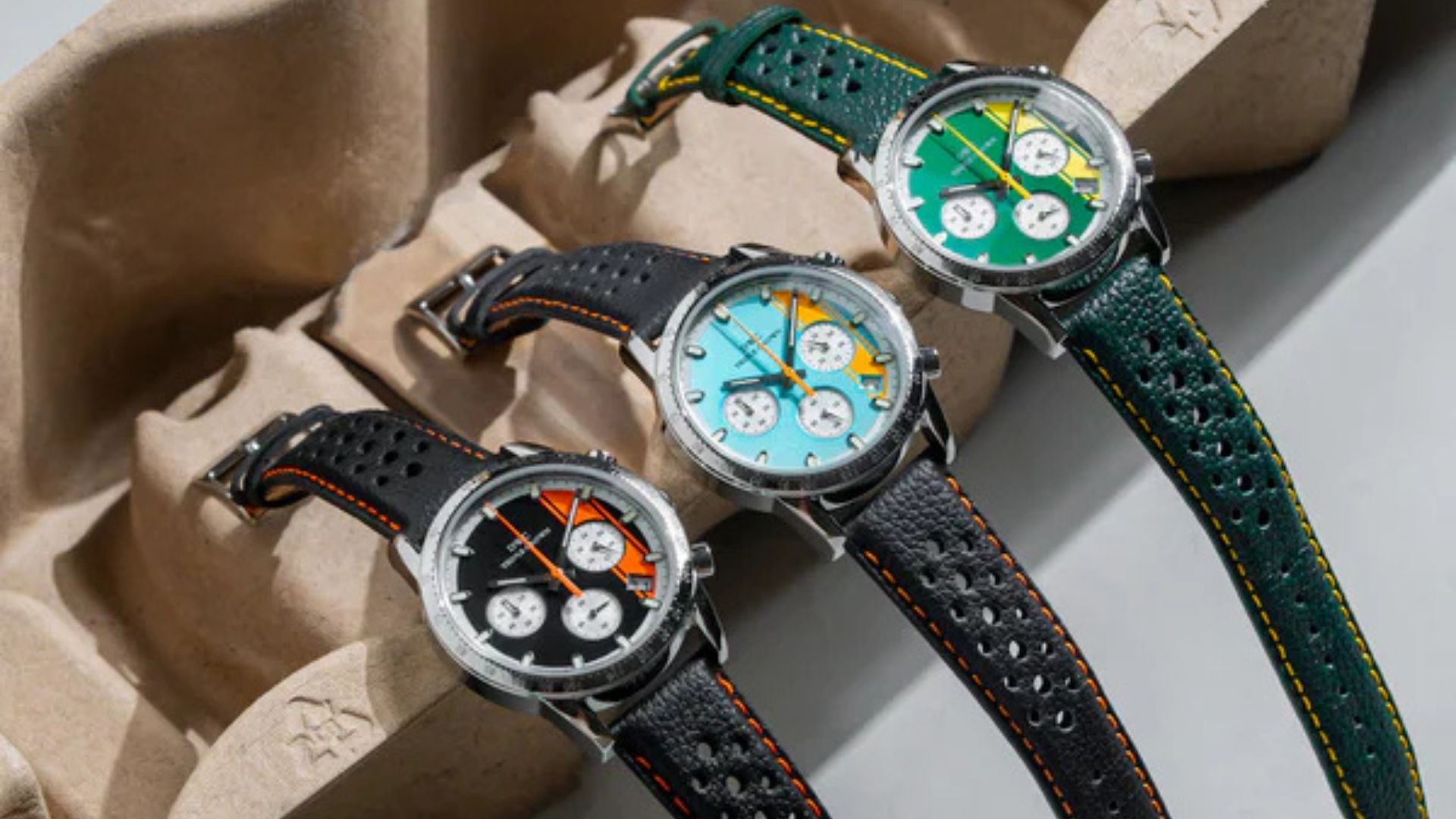Understanding Watch Components: Why Is a Hairspring Needed?
.jpg)

A hairspring, also known as a balance spring, is a crucial component of mechanical watches. It works in conjunction with the balance wheel to regulate the timekeeping of a watch. It is responsible for controlling the oscillations of the balance wheel. When the balance wheel oscillates, the hairspring alternately tightens and relaxes, returning the balance wheel to its central position. This back-and-forth motion is what keeps the watch ticking at a regular rate. The frequency at which the balance wheel oscillates, controlled by the hairspring, determines the precision of a watch.
Why Is it Crucial to a Movement?

Hairsprings are often made of special alloys or materials that compensate for changes in temperature. This ensures that the watch remains accurate in different temperature conditions, as the elasticity of the hairspring can be affected by temperature variations. The precision of a hairspring directly impacts the accuracy of a watch. Any imperfections or inconsistencies in the hairspring can lead to variations in the timing, which is why high-quality watchmakers put a lot of effort into manufacturing and adjusting hairsprings to exacting standards.
The hairspring controls the oscillation period of the balance wheel, essentially acting as the heartbeat of the watch. Its design and material properties are crucial for the overall performance and accuracy of the watch movement.
Manufacturing Process

Manufacturing of hairsprings involves a precise and intricate process. These are typically made from special alloys, such as Nivarox (from Tissot), an iron-nickel alloy, or silicon due to their resistance to temperature changes, magnetism, and corrosion. The alloy is often provided on reels in a wire-like configuration, and then run through a number or roller dies. Breguet has used balance springs with Breguet overcoil for its Classique Double Tourbillon “Quai de L'horloge”. Invented in 1795, the balance spring is a tiny spring whose elasticity regulates the balance's oscillations. It is fastened at its inner extremity to the balance's axis and at its outer extremity to the watch-cock.

This procedure aims to gradually reduce the wire's thickness. Never rushed, the process normally takes a few days. The thickness of the resulting wire must be uniform. Finally, it will be only a few micrometres in diameter and produced to minuscule tolerances of 100 nanometers (0.0001 mm). Once the alloy wire has reached the appropriate thickness, it is sliced into 'blades' and coiled before being baked in a specialised oven. After the hairspring is created, it is combined with a balance wheel to create equilibrium.
Longer Hairspring Does Not Mean Longer Power Reserve

A longer hairspring can influence the oscillation period of the balance wheel. However, the primary determinant of a watch's power reserve is the mainspring, and not the hairspring. It is the mainspring that stores the energy and releases it gradually to power the movement.
The length and thickness of the mainspring, along with the efficiency of the gear train, are the main factors determining the power reserve of a watch. While the hairspring's length and material affect the accuracy and stability of a watch's timekeeping, they do not directly impact the power reserve.
Advantages and Future of a Hairspring

Innovations in hairspring material have significantly impacted the precision and durability of mechanical watches. While most renowned timepiece makers use silicon hairpsrings that are lightweight, non-magnetic, and highly resistant to temperature changes and corrosion, Tag Heuer uses a carbon-composite, ultra-flat, ultra-lightweight hairspring for its Carrera Tourbillon Nanograph.
A carbon-composite balance spring is non-magnetic, regardless of the produced field. Its high strength-to-density ratio ensures exceptional shock resistance, especially when subjected to repeated shocks. The collet (central mounting point) is integrated with the balancing spring to prevent dimensional movement during assembly. Because of the high level of precision in production, the collet can be modified as needed. The production complies with the ISO-3159 chronometer specification. The combination of a carbon-composite balance spring and a balance made of a different type of metal alloy brings up a plethora of options for geometrically defining balances, particularly in terms of air viscous friction.
All in all, the hairspring is an indispensable aspect of mechanical watches.



















